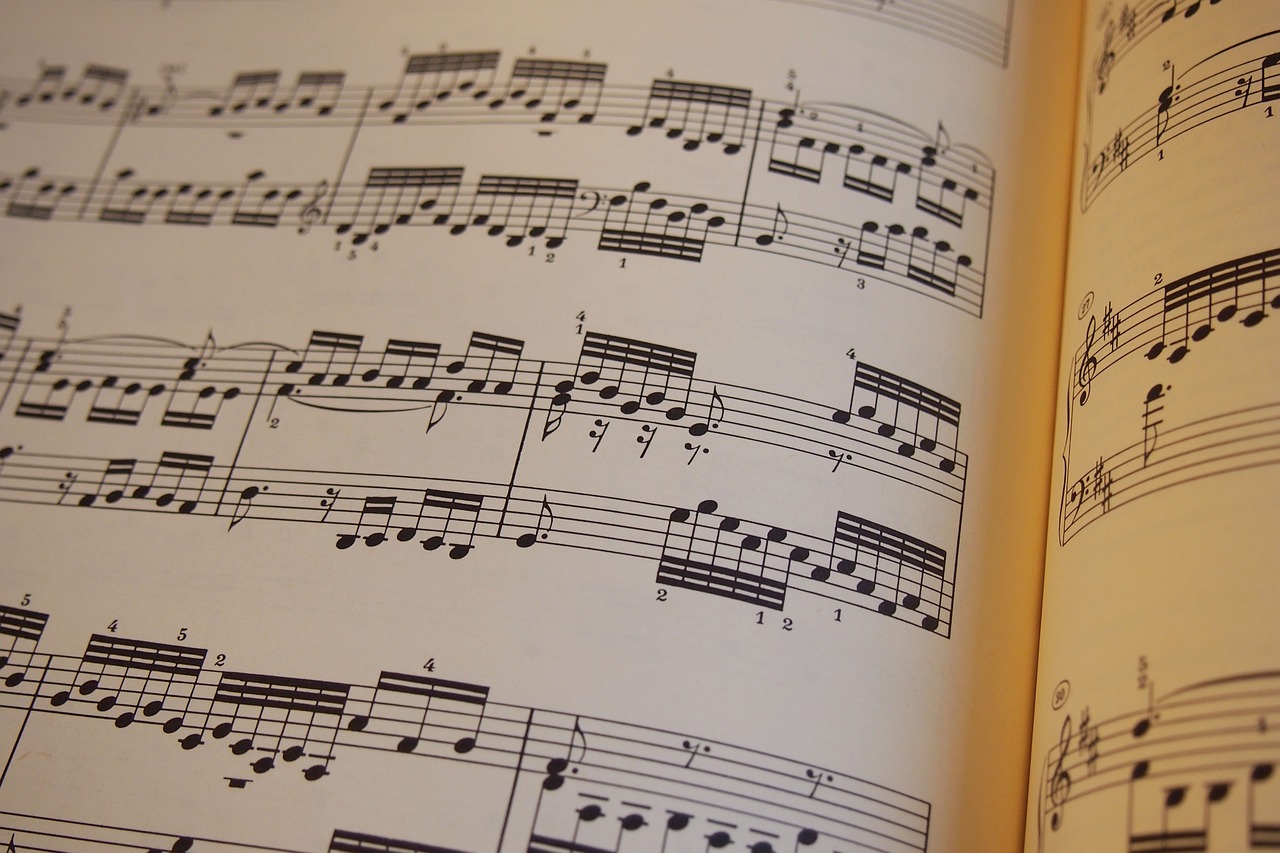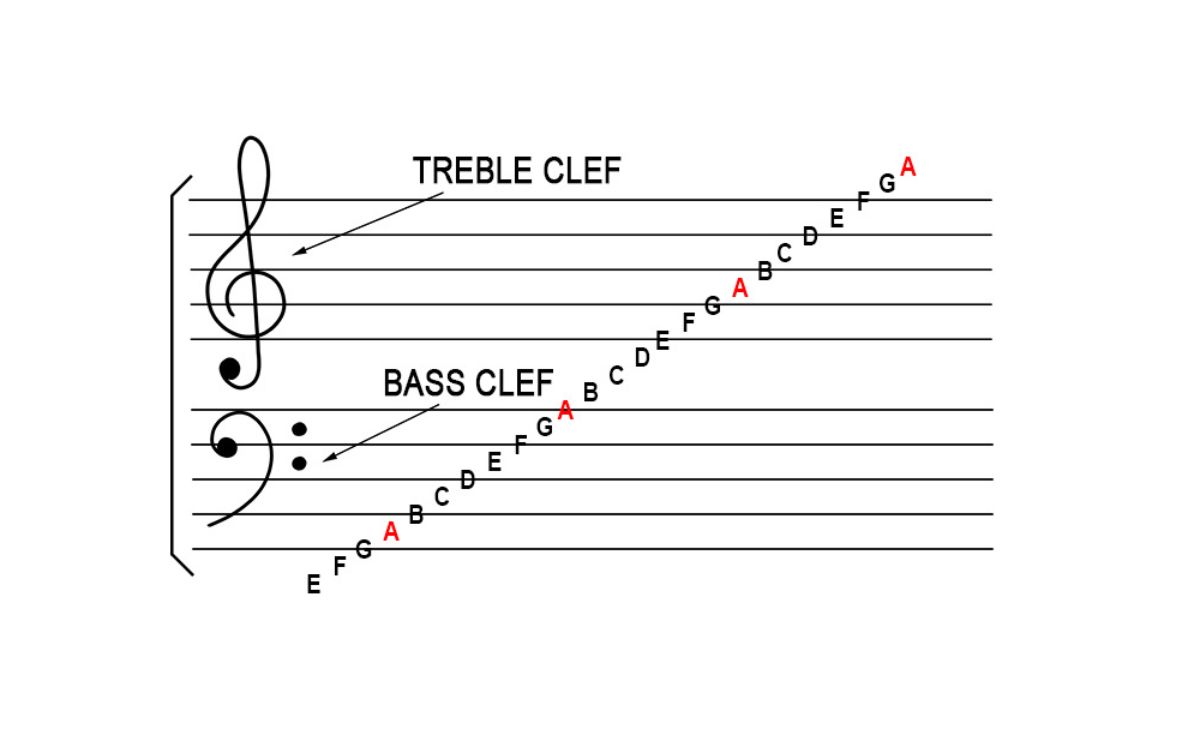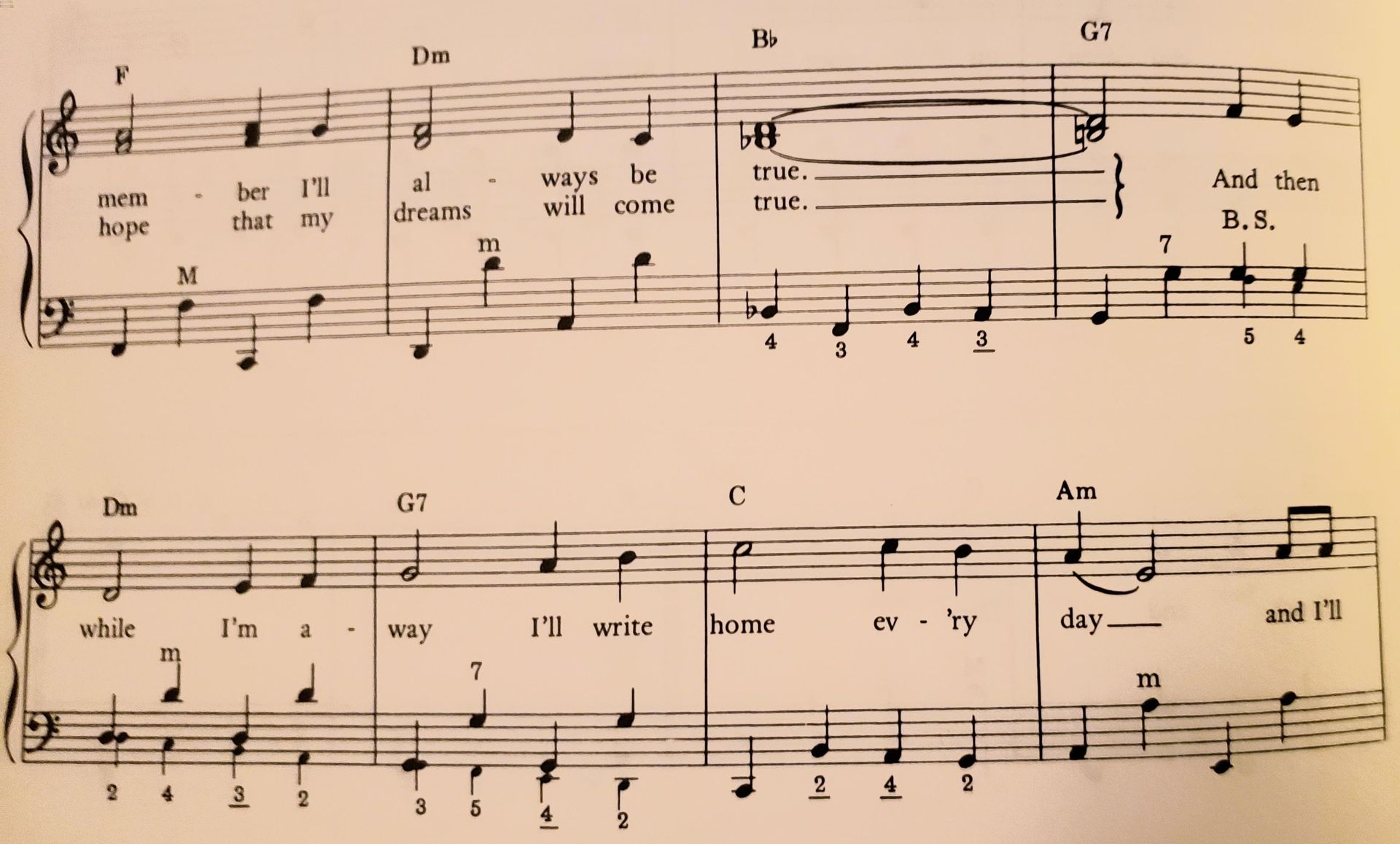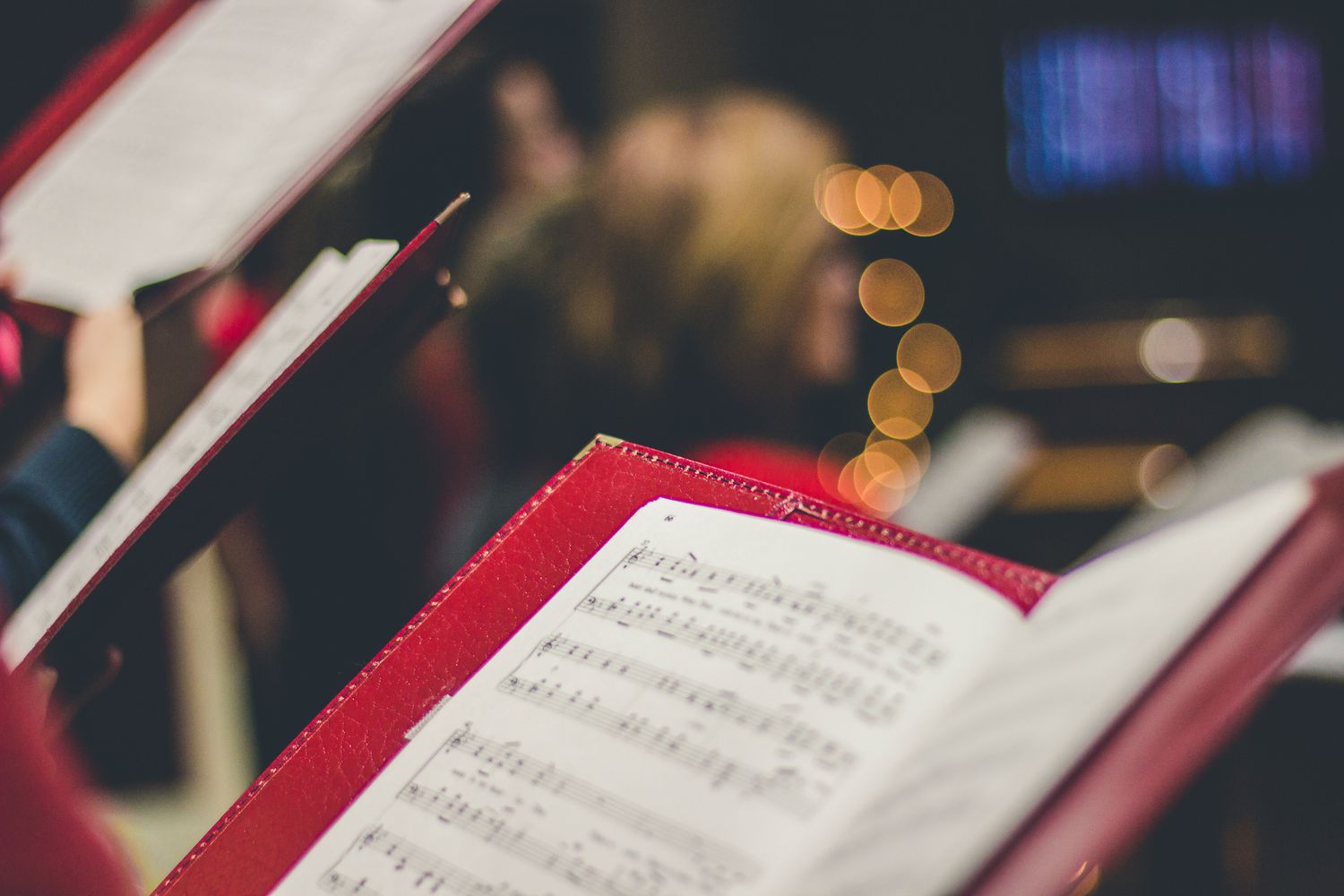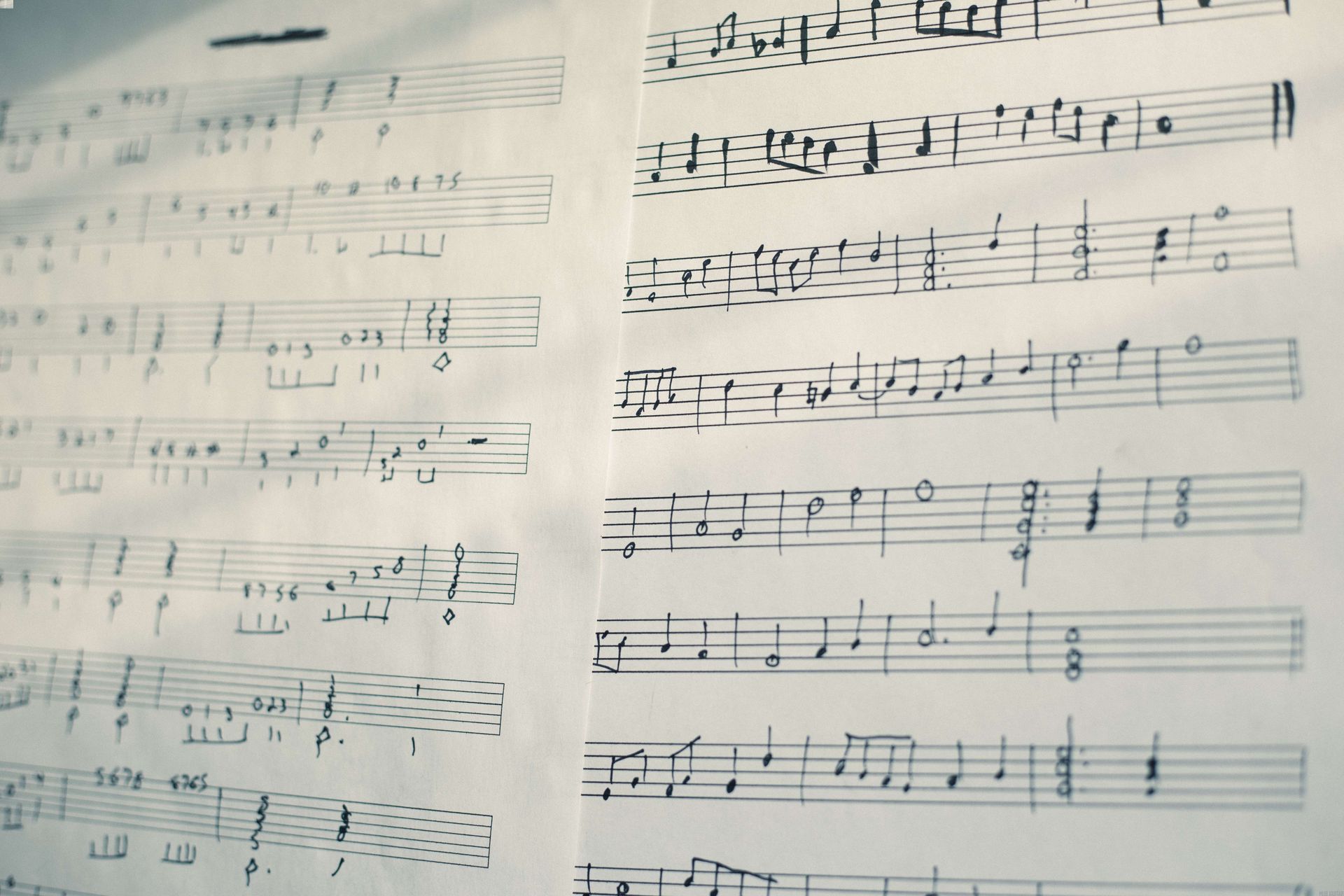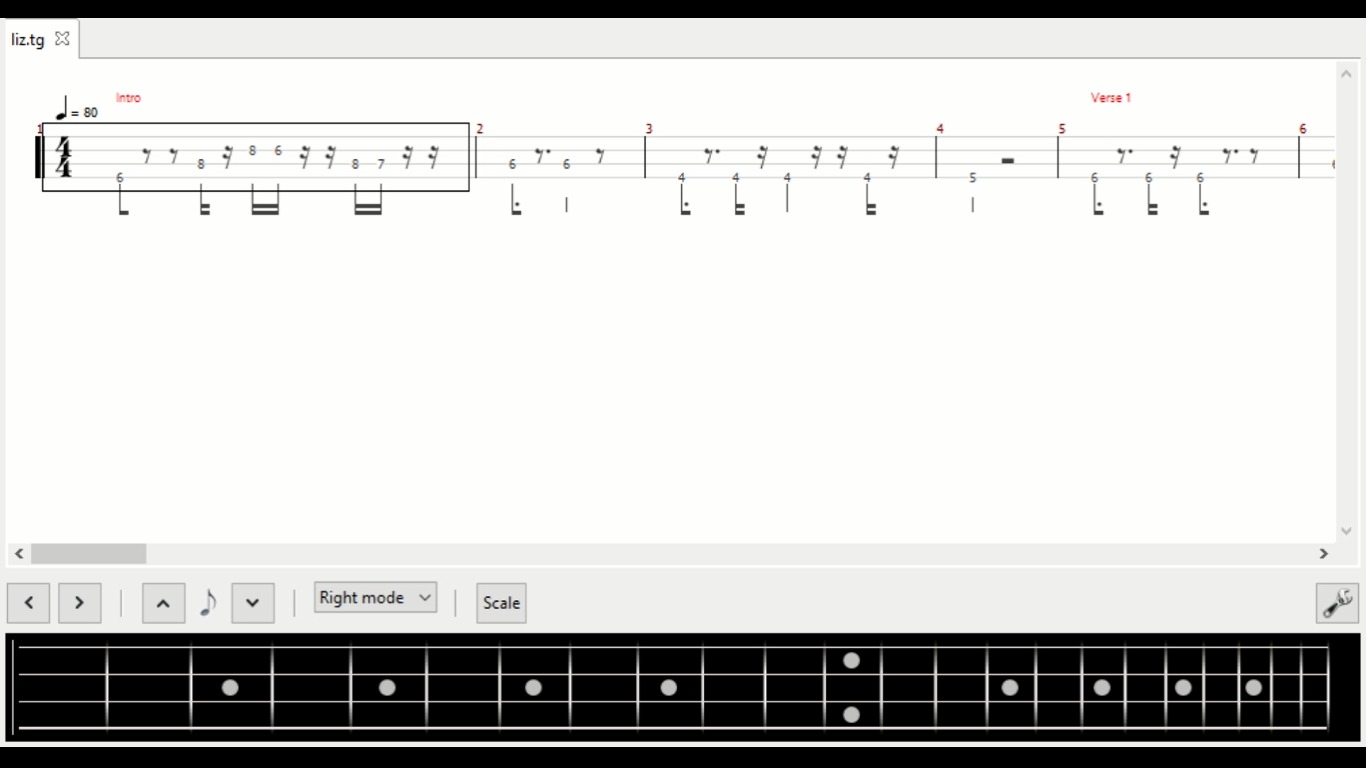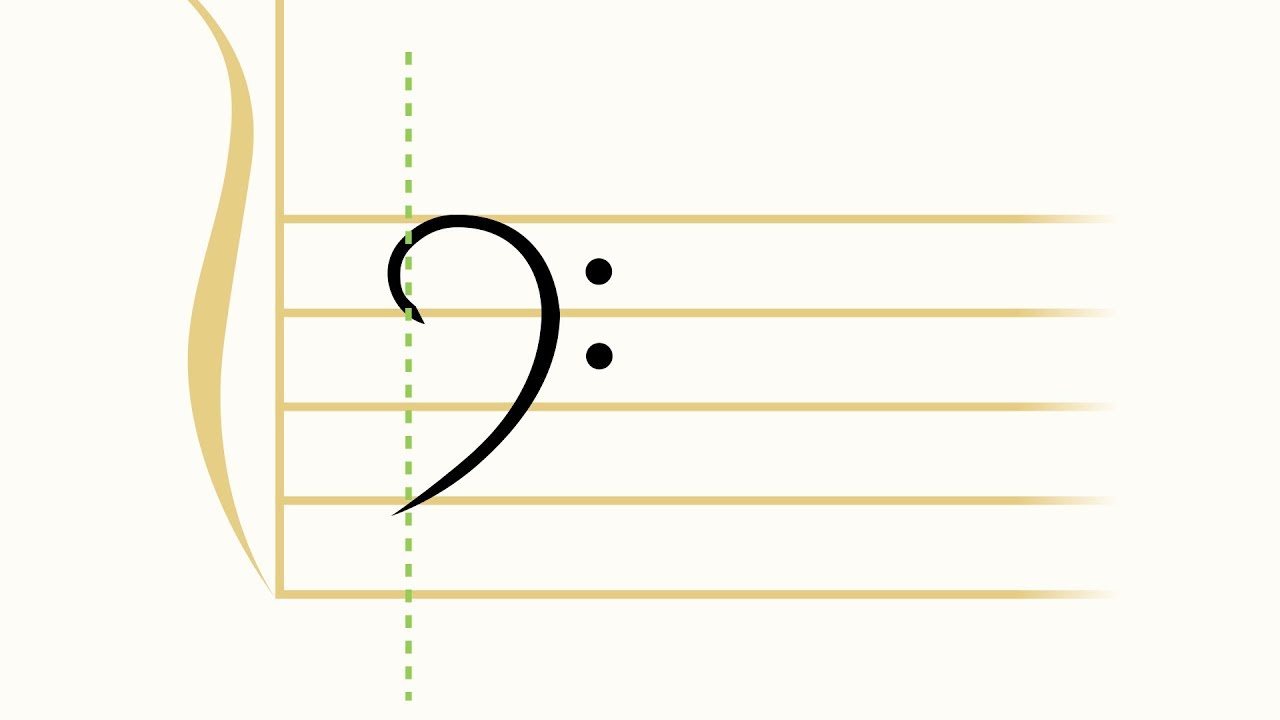Home>Production & Technology>Sheet Music>How To Read Bass Clef Sheet Music
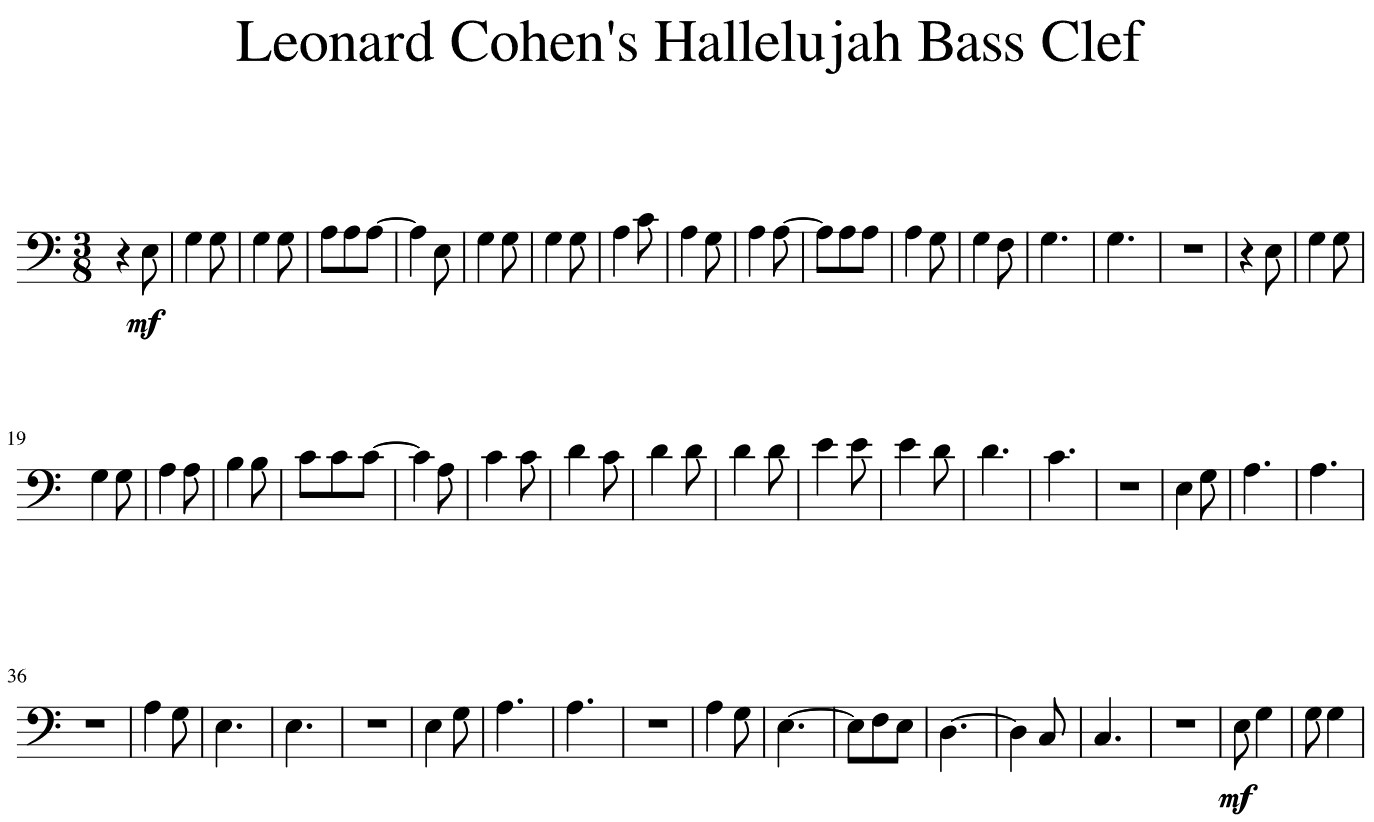

Sheet Music
How To Read Bass Clef Sheet Music
Modified: January 22, 2024
Learn how to read bass clef sheet music with this comprehensive guide. Improve your musical skills with our step-by-step instructions and practice exercises.
(Many of the links in this article redirect to a specific reviewed product. Your purchase of these products through affiliate links helps to generate commission for AudioLover.com, at no extra cost. Learn more)
Table of Contents
Introduction
Welcome to the world of sheet music, where the musical notes come to life on the pages. When it comes to playing an instrument, understanding sheet music is essential. It serves as a guide that allows musicians to decode the melodies, rhythms, and harmonies of a musical piece. One crucial aspect of sheet music is the bass clef.
The bass clef, also known as the F clef, is commonly used to notate lower-pitched instruments such as the bass guitar, cello, and baritone saxophone. Learning how to read bass clef sheet music is a valuable skill that opens up a broad range of musical possibilities. Whether you are a beginner or an experienced musician looking to expand your knowledge, this article will guide you through the process of reading bass clef sheet music.
By the end of this article, you will have a firm understanding of the bass clef, be able to recognize note names, understand note durations, identify key signatures, and even read bass clef sheet music with chords. So let’s dive in and unlock the secrets of the bass clef together!
Understanding the Bass Clef
The bass clef is a musical symbol that appears at the beginning of a staff, indicating which notes are to be played in the lower register. It consists of a stylized letter “F” and is placed on the fourth line of the staff. This positioning determines that the note represented by the fourth line is the F below middle C.
The bass clef is used primarily for instruments with lower registers, such as the bass guitar, tuba, or trombone. It is also commonly used to notate the left-hand part on piano music, which typically plays the lower notes. Understanding the bass clef is crucial for these instruments and for musicians who wish to play in the lower octaves.
One way to remember the note names of the lines and spaces in the bass clef is by using a mnemonic. A popular mnemonic is “Good Boys Do Fine Always” for the lines – G, B, D, F, A – from bottom to top. For the spaces, you can use the mnemonic “All Cows Eat Grass” – A, C, E, G. These mnemonics can be helpful for beginners to quickly recall the notes on the bass clef staff.
It’s also important to note that the bass clef has a different range compared to the treble clef, which is used for higher-pitched instruments. The notes on the bass clef staff typically fall within the lower range of an instrument and provide the foundation for the musical composition.
Understanding the bass clef is the first step in reading sheet music for instruments that utilize this clef. By knowing the note names and range of the bass clef, you’ll be ready to tackle the world of bass clef sheet music and unlock a whole new realm of musical possibilities.
Recognizing Note Names in the Bass Clef
Once you have a basic understanding of the bass clef and its purpose, the next step is to familiarize yourself with the note names on the staff. The lines and spaces of the bass clef staff represent different notes, and being able to quickly recognize these note names is essential for reading bass clef sheet music.
As mentioned earlier, the lines of the bass clef staff can be remembered using the mnemonic “Good Boys Do Fine Always,” which corresponds to the notes G, B, D, F, and A. Starting from the bottom line and moving upward, each line represents a different note. The spaces in between the lines also represent notes, and these can be remembered using the mnemonic “All Cows Eat Grass” (A, C, E, G).
It’s important to practice identifying these note names on the staff until you can quickly associate them with their corresponding keys on your instrument. This will make sight-reading bass clef sheet music much more manageable and efficient.
In addition to recognizing individual note names, it’s also vital to understand how notes move up or down the staff. The positions of the notes on the staff indicate their pitch. As you move up the staff, the notes get higher in pitch, and as you move down, the notes get lower. This understanding of pitch direction will help you play the correct notes on your instrument when reading bass clef sheet music.
It’s worth noting that certain key signatures can affect the note names on the bass clef staff. Key signatures indicate the sharps or flats that are consistently present throughout a piece of music. These symbols will be discussed in more detail in a later section, but it’s important to be aware that they can alter the note names and positions on the staff.
By practicing and familiarizing yourself with the note names in the bass clef, you will become more proficient in reading sheet music and be able to navigate the staff with ease.
Reading Note Durations in Bass Clef
In addition to understanding the note names on the bass clef staff, it is essential to learn how to read note durations. Note durations indicate the length of time a note should be held or played. This aspect of sheet music is represented by different types of note symbols and their corresponding values.
One of the most common note durations in sheet music is the whole note, which is an oval shape without any stems or flags. It represents the longest duration and is held for the entire duration of a measure. The half note is another common duration and is represented by a hollow oval shape with a stem. It is held for half the duration of a whole note.
Quarter notes are represented by a solid oval shape with a stem. These are held for one-fourth of the duration of a whole note. Eighth notes, on the other hand, have a flag attached to the stem and are held for one-eighth of the duration of a whole note.
Reading note durations in bass clef sheet music involves understanding how these notes are positioned on the staff. Each note duration has a specific placement on the staff, which indicates the timing and duration of the note when played. Notes that are higher on the staff are played for a shorter duration, while notes lower on the staff have a longer duration.
In addition to the note symbols, sheet music also utilizes rest symbols to indicate silence or a break in the music. Rests have the same durations as their corresponding note symbols, and they provide rhythmic breaks within the music. Rest symbols are indicated on the staff with different shapes and positions, depending on the duration of the rest.
Understanding note durations in bass clef sheet music is essential for accurately interpreting and playing a musical piece. Practicing and familiarizing yourself with different note symbols and their durations will help you develop a strong sense of rhythm and timing when reading sheet music.
Identifying Key Signatures in Bass Clef
In the world of music, key signatures play a crucial role in indicating the tonality of a piece. Key signatures are symbols placed at the beginning of a staff to notify the musician which notes to sharpen or flatten throughout the piece. Understanding key signatures is vital for accurately interpreting the musical composition and playing the correct notes on an instrument.
In bass clef sheet music, key signatures are typically displayed between the bass clef symbol and the time signature. They consist of sharps (#) or flats (b) placed on specific lines or spaces of the staff. These symbols determine which notes are altered in the piece by either raising or lowering their pitch by a half step.
To identify key signatures in the bass clef, you’ll need to memorize the sequence of flats and sharps in each major key. For example, the key of C major has no sharps or flats, while the key of G major has one sharp (the note F is raised to F#). The order of sharps in key signatures follows the mnemonic “Father Charles Goes Down And Ends Battle,” which represents the notes F, C, G, D, A, E, B. Flats, on the other hand, follow the order of “Battle Ends And Down Goes Charles’ Father,” representing the notes B, E, A, D, G, C, F.
By recognizing the sharps or flats in the key signature of a piece, you can determine the key in which it is written. This knowledge helps you anticipate the altered notes throughout the piece and play them accordingly. It’s important to note that accidentals (sharps or flats not found in the key signature) can also appear within the music. These accidentals will be noted by specific symbols and affect the note’s pitch for that particular instance only.
Mastering key signatures in bass clef sheet music is a valuable skill that allows you to interpret music accurately and play the correct notes with precision. Take the time to practice identifying key signatures and memorizing the sequence of sharps and flats. This will greatly enhance your ability to read and perform music written in the bass clef.
Reading Bass Clef Sheet Music with Chords
In addition to reading individual notes in the bass clef, it’s also important to understand how to read bass clef sheet music with chords. Chords are multiple notes played simultaneously and are a fundamental part of harmonizing music. Being able to read chords in bass clef sheet music allows you to play more complex and full-sounding arrangements.
When reading bass clef sheet music with chords, the chord symbols are typically written above the staff. These symbols indicate the type of chord to be played, such as major (M), minor (m), diminished (dim), or augmented (aug). Additionally, the bass note of the chord is often notated on the bottom of the chord symbol, indicating which note to play in the bass with your left hand.
Understanding how chords are notated in bass clef sheet music is essential for playing the appropriate notes and harmonizing with other musicians. By practicing chord recognition and familiarizing yourself with common chord progressions, you’ll be able to add depth and richness to your bass playing.
It’s worth noting that chord symbols may vary slightly depending on the style of music or the preference of the composer or arranger. Familiarize yourself with different chord notations and symbols used in the genre of music you are interested in to ensure accurate interpretation.
When reading bass clef sheet music with chords, it’s crucial to integrate your understanding of note durations and rhythmic patterns. The coordination between the chord symbols and the bass notes determines the overall groove and feel of the music. Pay close attention to the timing and duration of both the chord changes and the bass notes to ensure a seamless and cohesive performance.
By developing your skills in reading bass clef sheet music with chords, you’ll be able to explore a wide range of musical genres and arrangements. This knowledge opens up opportunities for playing in ensembles and collaborating with other musicians, allowing for dynamic and harmonically rich performances.
Tips and Practice Techniques for Reading Bass Clef Sheet Music
Reading bass clef sheet music may seem daunting at first, but with consistent practice and the right approach, you can become proficient in no time. Here are some tips and practice techniques to help you improve your skills in reading bass clef notation:
- Start with Simple Pieces: Begin by practicing with simple bass clef pieces that feature slow tempos and straightforward rhythms. This will allow you to focus on note recognition and building a solid foundation.
- Count Aloud: When practicing, count the beats and rhythm aloud to improve your understanding of timing and note durations. This can also help you internalize the rhythm and play with more accuracy.
- Use a Metronome: Practice with a metronome to develop a strong sense of timing and improve your ability to play in sync with other musicians. Start at a comfortable tempo, and gradually increase the speed as you become more comfortable.
- Break Down Difficult Sections: If you encounter challenging sections in a piece, break them down into smaller parts and practice them slowly. Focus on accuracy and gradually increase the speed as you gain confidence.
- Memorize Common Patterns: Familiarize yourself with common bass patterns and intervals to improve your sight-reading skills. This includes recognizing repetitive patterns, scales, and arpeggios that frequently appear in bass clef music.
- Sight-Read Regularly: Set aside regular practice time for sight-reading exercises. Dedicate a portion of your practice session to reading unfamiliar bass clef sheet music. This will train your eyes and improve your ability to quickly decipher new musical compositions.
- Work on Ear Training: Train your ears to identify the sounds of different notes and intervals. This will complement your ability to read bass clef sheet music and help you play with better phrasing and musicality.
- Seek Guidance or Take Lessons: Consider working with a teacher or mentor who can provide guidance and feedback on your bass clef reading skills. They can offer valuable insights and correct any technical or interpretive mistakes you may be making.
- Practice with Different Genres: Explore bass clef sheet music across various genres to broaden your musical knowledge and improve your versatility. This will expose you to different styles and challenging musical passages.
Remember, learning to read bass clef sheet music takes time and patience. Be consistent in your practice and approach it with a positive mindset. With dedication and regular practice, you will develop the ability to read bass clef notation fluently and confidently.
Conclusion
Congratulations! You’ve reached the end of our comprehensive guide on reading bass clef sheet music. From understanding the bass clef and recognizing note names to reading note durations and identifying key signatures, you’ve learned vital skills for navigating the world of sheet music as a bass player.
Reading bass clef sheet music opens up a world of musical opportunities. Whether you’re playing the bass guitar, cello, or any other instrument that utilizes the bass clef, being able to read sheet music fluently will enhance your musical journey.
Remember to practice regularly and incorporate the tips and techniques we’ve discussed. Gradually challenge yourself with more complex pieces and seek opportunities to collaborate with other musicians. With dedication and perseverance, reading bass clef sheet music will become second nature.
So, keep practicing, keep exploring new musical compositions, and trust in your ability to decipher the notes, rhythms, and chords on the bass clef staff. Embrace the joy of playing music, and let your passion for the bass clef guide you on a lifelong musical adventure.


